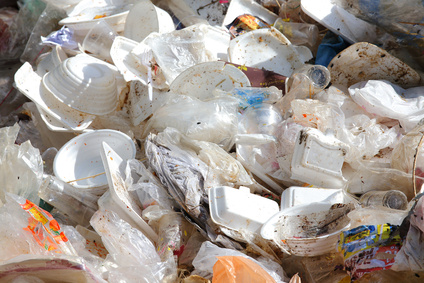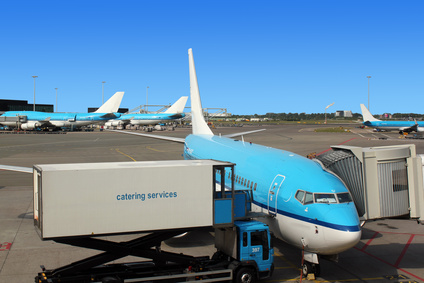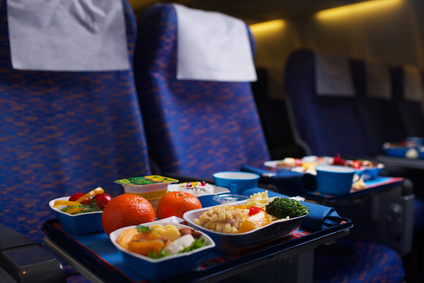
Newsletter Subscribe
Enter your email address below and subscribe to our newsletter

Enter your email address below and subscribe to our newsletter

When it comes to airplane food, we all know that the quality and quantity varies greatly depending on the length of your flight. Whether it’s a short haul snack in economy or a long haul six-course gourmet meal in first class, food is a necessity when flying. So what happens to all the unused food and snacks on your flight upon arrival? Do airlines simply toss it in the trash or do they reuse it on another flight?
The next time you fly, take a look out the airplane window before exiting and you will likely notice all the catering trucks hard at work. Upon arrival, catering companies begin offloading all the food carts and garbage from the plane. Some would assume that the unused meals that are still considered “fresh” are simply distributed to passengers on the next flight. The reality is, any food that is leftover from a flight is considered “contaminated” and is therefore disposed of immediately upon arrival. This includes meals that passengers didn’t finish as well as entire carts full of food that were never used. These strict regulations exist on all international flights arriving into the US, and are enforced so that no food-borne illnesses can spread from country to country.

Once on the catering trucks, the food is transported from your flight to a waste management facility near the airport where everything is destroyed in large ovens. There are even occasions when catering companies must remove all of the fully stocked food carts from flights that haven’t even left the gate yet due to delays. All this food is immediately burned and a replacement shipment is delivered when the plane is ready to depart.
Unfortunately airplane food waste is unavoidable. On average, a typical 10-hour transatlantic flight leaves with roughly 300 people on board and approximately 600 meals. Depending on the airline you are traveling with and the seat in which you purchased, the number of meals served may vary. Those sitting in first class may receive multiple meals, while those sitting in the back may only get one. So let’s imagine the average long haul flight leaves with enough food to serve one main meal and one arrival snack per passenger. The probability that each passenger will consume both meals entirely is unlikely, so it can be assumed that food will be leftover.

According to Green America, each airline passenger generates around one kilogram of waste per flight. Although this might not seem like a concern at first, when you multiply this average by the total number of airline passengers traveling around the world each day, the amount of food wasted within the aviation industry per year is astounding. In 2013 alone, over 6.3 billion passengers traveled by air, producing more than 3.15 million tons of waste. Yikes!
So what is being done to help eliminate unnecessary waste? With limited space on flights, some airlines have started to make small changes by only loading 95% of the required meals on each flight with the expectation that some passengers will opt not to eat. Other airlines have started charging around $10 a meal, recognizing that less food is consumed when meals are only available for purchase rather then complimentary. In the past, some airlines have even donated their unused food to shelters and charities to help make a difference. Unfortunately due to incidents where food poisoning occurred, the liability became much too high and is no longer practiced by airlines.
Airlines like British Airways are also helping to lead the way in waste management solutions. According to Envirosolutions, the airline now recycles food waste from its inbound flights with a waste drier. “This technology removes all moisture from the waste, reducing it to a dry powder that can be mixed into compost or burned for fuel. British Airways has delivered zero waste to landfill over the last two months”
As more airlines jump onboard, these small changes will begin to have a lasting impact on our environment and hopefully start to reduce the amounts of waste being sent to landfills each year. There is a lot that still needs to be done, but with the continuing development of new technology and information, perhaps the future of aviation will no longer be buried deep in food waste.
Do you have an airplane food waste solution or an idea that you’d like to share? Email airportlifestyle@gmail.com or share you thoughts in the comments below. We’d love to hear what you think.